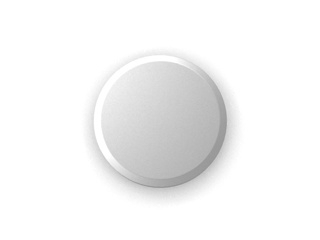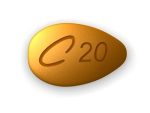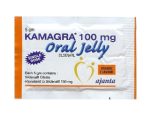CLOMID 50 mg for men
How does Clomid work in men?
Clomiphene improves testosterone secretion in men. Clomiphene also indirectly affects spermatogenesis by increasing the number of spermatozoa in seminal fluid. Clomiphene increases testosterone levels and therefore has a positive effect on the side effects of testosterone deficiency, while the testicles retain the ability to respond to gonadotropin stimulation.
Clomid (clomiphene citrate) is an antiestrogen that is distributed to the hypothalamus and gonads. The FDA first approved clomiphene in the US in 1967.
In addition to the use of the drug in medicine for the treatment of various diseases associated with infertility and problems with conceiving a child in women, Clomid is a fairly popular remedy for men of all ages.
The use of the drug in men is limited to two areas:
- As part of combination therapy or as an independent drug, testosterone decreases with age (hypogonadism). Its significant advantage over hormone replacement therapy with testosterone is that it does not suppress the secretory function of the gonads, but rather stimulates it.
- As a PCT after taking anabolic steroids. It is valued by athletes for rare side effects, selectivity of action, and high efficiency.
Clomiphene is an antiestrogen related to tamoxifen that blocks the normal estrogen feedback at the hypothalamic level and subsequent negative feedback at the pituitary level. Clomid counteracts the negative feedback of estrogen in the hypothalamic-pituitary-testicular axis. This leads to an increase in luteinizing hormone (LH) and follicle-stimulating hormone (FSH). In men, these increased levels of gonadotropins stimulate the Leydig cells in the testicles and increase testosterone production.
How to use clomiphene citrate 50 mg?
The dosage should be prescribed individually for advice on taking steroids. Usually, it is 50 mg per day. Take the medicine inside with water.
Clomiphene citrate is usually given to young men with hypogonadism. To increase testosterone levels, the drug is taken at 25-50 mg per day for 3 months.
Specialists have been using this remedy for many decades to increase the natural production of testosterone, and increase the likelihood of conception in patients.
Compared with testosterone replacement therapy in men with hypogonadism.
Clomid can be considered the best alternative because:
- Clomiphene stimulates the production of its own testosterone.
- Clomid is available on tablets and is easy to use.
- This drug is quite cheap and affordable.
- Clomid has a relatively low risk of side effects.
How to take clomiphene citrate?
In small doses (25-50 mg per day), the drug blocks estrogen receptors, and in large doses it stimulates them. So, in large doses, clomiphene does not show an antiestrogenic effect, but an estrogenic one. In this regard, clomiphene does not make sense to use in doses above 100 mg per day.
To increase testosterone levels, the drug is taken at a dose of 50 mg per day for 2-3 months. After a course of clomiphene, an analysis of the level of luteinizing hormone (LH) in the blood serum should be done and a break in the use of the drug should be taken. Medication.
However, experienced athletes use Clomiphene in an alternative course: for 5 days, Clomid is taken at 100 mg per day, dividing the dose into two parts. On the 6th day of taking the drug, the dosage is reduced to 50 mg per day.
Please note that during post-cycle therapy (PCT), Clomid is not taken for a long time – only 14-21 days.
How long does Clomid last for men?
To date, Clomiphene Citrate has successfully established itself as an excellent tool for restoring hormonal levels in men. To increase testosterone levels, the drug is taken at 25-50 mg per day for 3 months.
In men, Clomid stimulates the increased production of their own testosterone. To do this, Clomid is taken for a long time in small doses. For a natural increase in testosterone levels, the drug is taken at a dose of 25-50 mg per day for 3 months.
Low testosterone
Clomid (clomiphene) is often prescribed to men with low testosterone levels as replacement therapy. Low testosterone levels are abnormal for men of any age.
Symptoms of low testosterone usually include the following:
- loss of strength and depressed mood;
- loss of vitality and weight gain;
- muscle atrophy, muscle pain;
- decreased libido and erectile dysfunction;
- osteoporosis;
- anemia.
If low testosterone is diagnosed, a doctor may prescribe testosterone replacement therapy in the form of a cream, gel, tablet, patch, or injection. At first, it is effective, but our body receives testosterone from the outside, and over time produces less and less of its own testosterone.












